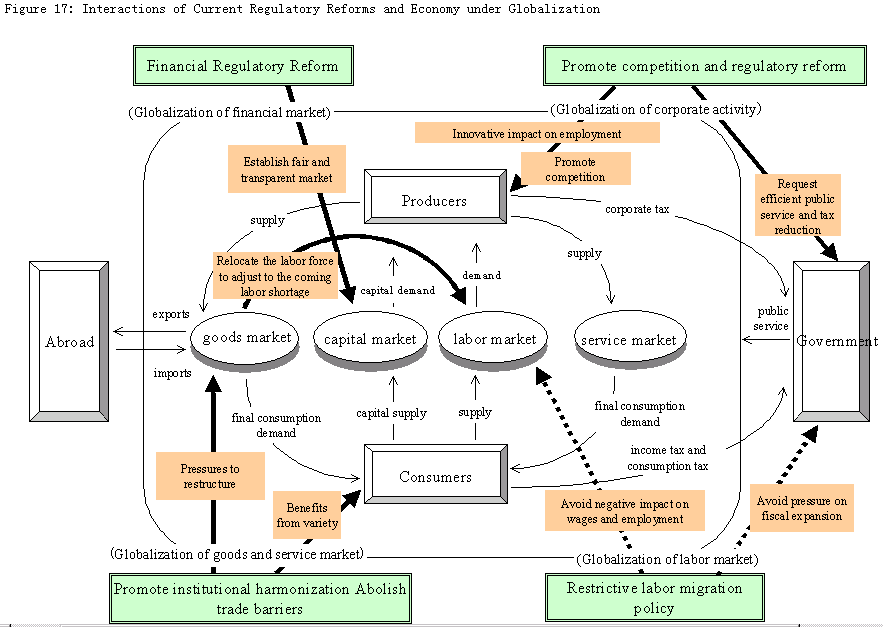Globalization and Liberalization
Post on: 16 Март, 2015 No Comment

Globalization and liberation are directly linked with each other. The first wake of globalization started in India when the economic liberalization policies were undertaken in the 1990s by Dr Manmohan Singh, the then Finance Minister of the country. Since then, the economy of India has improved to a great extent and has significantly led to the rise in the standard of living of the citizens.
Pre liberalization period and globalization
From independence till the later part of the 1980s, India economic approach was mainly based on government control and a centrally operated market. The country did not have a proper consumer oriented market and foreign investments were also not coming in. This did not do anything good to the economic condition of the country and as such the standard of living did not go up.
In the 1980s, stress has given on globalization and liberalization of the market by the Congress government under Rajiv Gandhi. In his government tenure, plenty of restrictions were abolished on a number of sectors and the regulations on pricing were also put off. Effort was also put to increase the condition of the GDP of the country and to increase exports.
Even if the economic liberalization policies were undertaken, it did not find much support and the country remained in its backward economic state. The imports started exceeding the exports and the India suffered huge balance of payment problems. The IMF asked the country for the bailout loan. The fall of the Soviet Union, a main overseas business market of India, also aggravated the problem. The country at this stage was in need of an immediate economic reform.
Liberalization in the 1990s
It was in the 1990s that the first initiation towards globalization and economic liberalization was undertaken by Dr Manmohan Singh, who was the Finance Minister of India under the Congress government headed by P.V. Narasimha Rao. This is perhaps the milestone in the economic growth if India and it aimed towards welcoming globalization. Since, the liberalization plan, the economic condition gradually started improving and today India is one of the fastest growing economies in the world with an average yearly growth rate of around 6-7%.
Impact of globalization and liberalization
Globalization and liberalization has greatly influenced the Indian economy and made it a huge consumer market. Today, most of the economic changes in the country are based on the demand supply cycle and other economic factors. Today, India is the world’s 12th largest economy in terms of market exchange rate and 4th largest in terms of the Purchasing Power Parity. According to a report by the World Bank, the Indian market is expected to grow at around 8% in the year 2010.
Globalization and liberalization has also made a positive impact on various important economic segments. Today, the service sectors, industrial sectors and the agriculture sector have really grown to a great extent. Around 54% of the annual Gross Domestic Product (GDP) of India comes from the service industry while the industrial and agriculture sector contributes around 29% and 17% respectively. With the improvement of the market, more and more new sectors are coming up and reaping profits such as IT services, chemical, textiles, cement industry and so on. With the increase in the supply level, the rate of employment is also increasing considerably.
There has been an improvement in the manufacturing sector as well which grew from 8.98% in 2005 to around 12%. The communication segment has grown up to around 16.64%. The condition is expected to improve further with more demand and increase in customer base. The yearly growth of the industrial sector has been around 6.8 % which will rise more in the future. India is one of the well known industrial markets in the Asia-Pacific region.
Globalization and foreign investment
One of the main aspects of globalization is foreign investment. India today has emerged as one of the perfect markets for foreign investors due to its vast market base. More and more foreign companies are investing in the Indian market to get more returns. The foreign institutional investments (FII) amounts to around US$ 10 billion in FY 2008-09, while the rate of Foreign direct investments (FDI) has grown around 85.1% in 2009 to US$ 46.5 billion from US$ 25.1 billion (2008).
Last Updated on 5/18/2011














